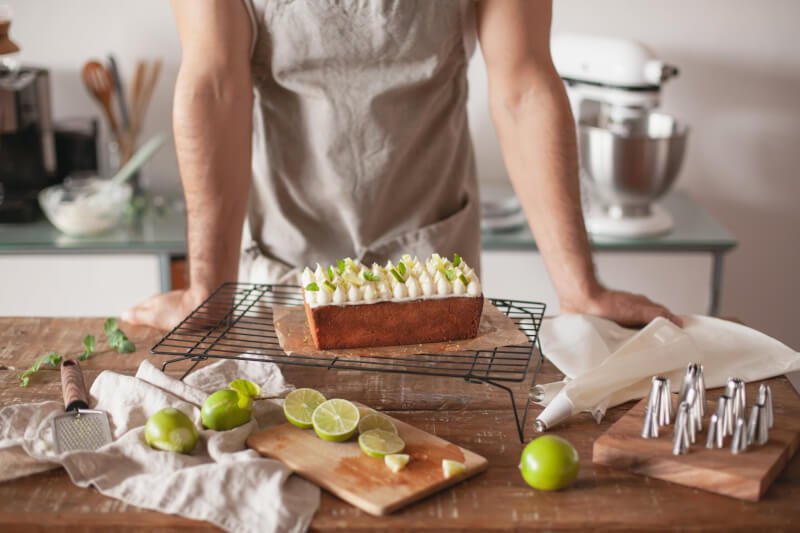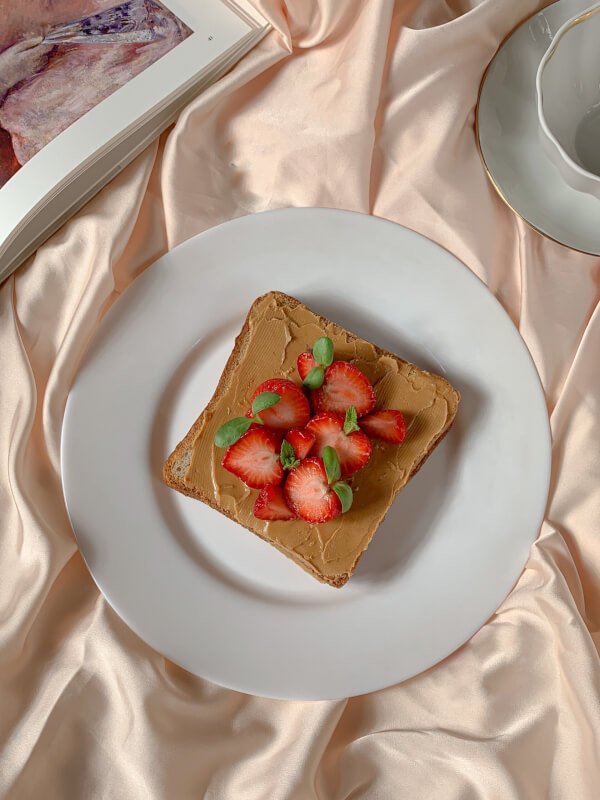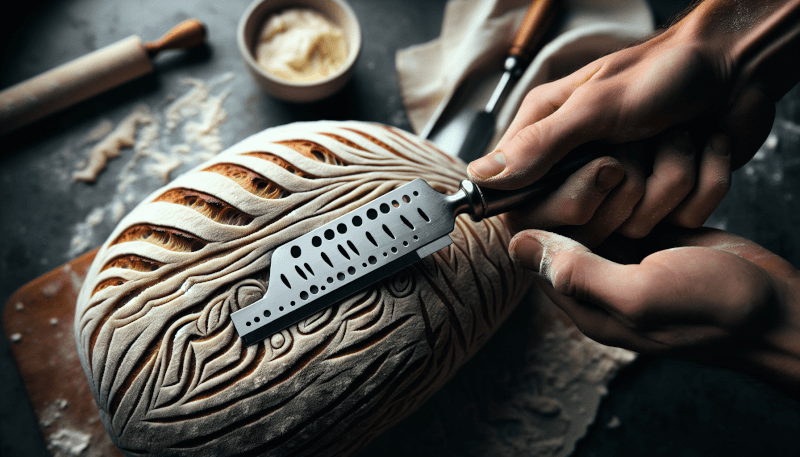You love the smell of fresh bread wafting through your home, and nothing beats the satisfaction of making your own delicious loaf from scratch. But if you want that professional, artisanal look with beautifully scored lines on top, you’ll need a grignette. In this article, we’ll share some friendly tips on how to use a grignette to achieve perfectly scored bread at home. Whether you’re a baking enthusiast or a beginner, these techniques will elevate your bread-making game and impress everyone with your skills. Get ready to create bakery-worthy bread right in your own kitchen!

Choosing the Right Grignette
Consider the Blade
When choosing a grignette, it is important to consider the type of blade it comes with. Different blades have different qualities that can affect the scoring process and the end result of your bread. Some blades are sharper and thinner, allowing for more precise scoring, while others may be thicker and less sharp, resulting in less defined cuts. Consider the type of bread you typically bake and choose a blade that suits your needs.
Look for a Comfortable Handle
Since scoring bread takes precision and control, it is important to choose a grignette with a comfortable handle. Look for a handle that feels ergonomic in your hand and provides a good grip. This will make it easier to maneuver the grignette and achieve the desired scoring patterns on your bread.
Check for Adjustability
Some grignettes come with blades that are adjustable, allowing you to change the depth of your cuts. This can be especially beneficial when working with different types of bread dough, as different doughs require different scoring depths. If you like to experiment with different bread recipes, a grignette with an adjustable blade may be the right choice for you.
Preparing the Grignette
Sharpen the Blade
Before using your grignette, it is essential to sharpen the blade. A sharp blade will make clean, precise cuts in the dough and prevent tearing or dragging. You can sharpen the blade using a sharpening stone or a honing guide. Be sure to follow the manufacturer’s instructions for sharpening your grignette blade.
Clean and Dry the Blade
Before each use, make sure to clean the blade of your grignette. This will remove any debris or residue that may be present. Use warm water and mild dish soap to clean the blade, and then dry it thoroughly to prevent rusting. A clean and dry blade will ensure that your scoring is smooth and consistent.
Secure the Blade in the Holder
If your grignette comes with a blade holder, make sure to secure the blade properly. This will prevent any accidents or injuries while scoring the bread. Follow the manufacturer’s instructions to ensure that the blade is securely attached to the holder. Double-check the blade’s tightness before using it.

Scoring Techniques
Use a Shallow Angle
When scoring bread, it is best to use a shallow angle with the grignette. This allows the blade to cut through the surface of the dough without tearing or pulling. A shallow angle also gives you more control over the depth of your cuts. Experiment with different angles to find the one that works best for you and your bread dough.
Score the Bread Quickly
When scoring the bread, it is important to work quickly and confidently. A slow, hesitant cut can cause the dough to deform or deflate. Hold the grignette firmly and make swift, decisive cuts in one fluid motion. This will result in clean, even cuts that will expand beautifully in the oven.
Practice on a Cutting Board First
If you are new to scoring bread, it can be helpful to practice on a cutting board before scoring your actual loaf. This allows you to get a feel for the grignette and experiment with different patterns and techniques. Practice different angles, depths, and patterns until you feel comfortable and confident.
Scoring Different Types of Bread
Scoring Soft Bread Dough
When scoring soft bread dough, it is important to be gentle to avoid deflating the dough. Use a light touch with the grignette and opt for shallow cuts. Soft bread dough has a tendency to spread and rise quickly, so keeping the cuts shallow will ensure that they expand nicely in the oven.
Scoring Hard Crusted Bread Dough
Hard crusted bread dough, such as sourdough or baguettes, requires deeper cuts to allow for proper expansion. Use a slightly steeper angle with the grignette and make more pronounced cuts. The hard crust will hold the shape of the cuts, resulting in a beautiful, rustic appearance.
Scoring Gluten-Free Bread Dough
Scoring gluten-free bread dough can be a bit challenging since gluten-free dough tends to be stickier and less elastic than traditional dough. Be sure to flour the grignette blade and your hands to prevent sticking. Opt for a gentle touch and shallow cuts to avoid collapsing the delicate structure of gluten-free bread.

Creating Decorative Patterns
Make Parallel Cuts
One simple way to create a decorative pattern on your bread is by making parallel cuts. This can be done by carefully scoring the dough with evenly spaced cuts in one direction. You can then make additional parallel cuts in the opposite direction to create a grid-like pattern. This technique is perfect for creating a classic look on your bread.
Try Diagonal Scoring
For a more dynamic and artistic design, try diagonal scoring. Instead of making straight cuts, angle the grignette blade diagonally across the dough to create diagonal lines. This technique adds visual interest and can give your bread a unique, modern appearance.
Experiment with Design Ideas
The beauty of using a grignette is that it allows you to experiment with various design ideas. Let your creativity run wild and try different patterns, shapes, and angles. You can score your bread in a spiral, make intricate geometric patterns, or even create your own signature design. The possibilities are endless, so don’t be afraid to have fun and express your creativity.
Tips for Better Scoring Results
Work with Chilled Dough
Scoring chilled dough is much easier than working with dough at room temperature. Chilled dough is firmer and holds its shape better, making it easier to create clean, defined cuts. If possible, refrigerate your dough for some time before scoring to improve the results.
Dust the Blade with Flour
To prevent the grignette blade from sticking to the dough, dust it with flour before each cut. This will help the blade glide smoothly through the dough and create clean cuts. Be sure to tap off any excess flour before scoring to avoid a powdery appearance on your baked bread.
Avoid Using Excessive Pressure
While it may be tempting to apply more pressure with the grignette to create deeper cuts, it is best to avoid using excessive force. Applying too much pressure can cause the blade to drag or tear the dough, resulting in less than desirable scoring. Instead, focus on using a sharp blade and a consistent technique for clean and precise cuts.

Taking Precautions and Safety Measures
Keep Fingers Away from the Blade
Safety should always be a top priority when using a grignette. Pay close attention to where your fingers are in relation to the blade and make sure to keep them away from the cutting edge. It is best to hold the grignette by the handle and avoid placing your fingers near the blade during the scoring process.
Use a Cutting Board or Proofing Basket as Support
To provide stability and support while scoring, place your loaf on a cutting board or a proofing basket. This will prevent the dough from flattening or deforming during the scoring process. The cutting board or proofing basket acts as a solid surface for the grignette, allowing for better control and cleaner cuts.
Be Mindful of the Sharp Blade
Always handle the grignette with care and be mindful of the sharpness of the blade. Avoid rushing or making careless movements that can result in accidental cuts. When storing the grignette, make sure to keep it in a safe place where it won’t be easily accessible to children or anyone who may accidentally harm themselves.
Maintaining and Cleaning the Grignette
Wipe Off Excess Flour and Dough
After each use, wipe off any excess flour or dough residue from the grignette. Use a clean cloth or paper towel to gently remove the debris. This will prevent any buildup and ensure that the grignette is ready for the next use.
Remove and Clean the Blade
Periodically, it is important to remove the grignette blade and clean it thoroughly. Follow the manufacturer’s instructions for removing the blade from the handle. Use warm water and mild dish soap to clean the blade, making sure to remove any residual flour or dough. Dry the blade completely before reattaching it to the handle.
Store the Grignette Properly
To prolong the lifespan of your grignette, it is crucial to store it properly. After cleaning and drying the grignette, make sure to store it in a dry place away from moisture. You can keep it in a protective sheath, sleeve, or even a dedicated container. Storing the grignette properly will prevent rusting or damage to the blade.

Alternative Tools for Scoring Bread
Use a Sharp Knife
If you don’t have a grignette, a sharp knife can be a suitable alternative for scoring bread. Choose a knife with a thin and sharp blade, such as a utility or bread knife. Follow the same principles of scoring technique and be mindful of safety precautions when using a knife.
Try a Lame
A lame is a specialized tool specifically designed for scoring bread. It typically consists of a handle with a disposable blade attached. The blade is thin and allows for precise scoring. Lames can be a great alternative to a grignette, offering similar results and ease of use.
Experiment with a Razor Blade
For those who prefer a DIY approach, a razor blade can be a handy tool for scoring bread. Carefully attach a razor blade to a holder or simply use it on its own. Make sure the blade is secure and follow the same scoring techniques as with a grignette or a knife.
Practice and Patience
Start with Simple Patterns
Scoring bread with a grignette takes practice and patience. Start with simple patterns, such as a single straight cut or a few parallel cuts. As you gain confidence and experience, you can gradually explore more intricate designs and patterns. Remember, it’s all about practice, so don’t be discouraged if your first attempts aren’t perfect.
Keep Practicing to Improve Skills
Scoring bread is a skill that can be continuously improved with practice. Keep experimenting with different techniques, patterns, and bread recipes. Each loaf you score is an opportunity to refine your skills and learn something new. Don’t be afraid to make mistakes along the way – every mistake is a chance to learn and grow.
Enjoy the Process
Using a grignette to score bread is not only a practical technique but also a creative process. Embrace the joy of working with your hands, creating unique designs, and bringing artistry to your bread. Enjoy the therapeutic nature of bread baking and take pride in the beautiful loaves you create.
Remember, choosing the right grignette, preparing it properly, and practicing the scoring techniques are the key factors in achieving perfectly scored bread at home. With time and dedication, you’ll become a master of scoring and delight in the beauty and flavor of your homemade bread creations.


